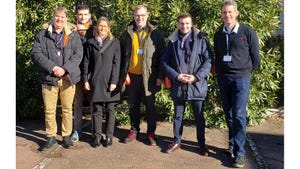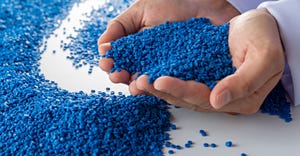Inergy opening fuel systems sites in China, India
Inergy Automotive Systems, the Paris, France-based 50/50 joint venture of processor Plastic Omnium and plastics and chemicals supplier Solvay, is building a new fuel systems plant in the Beijing region in China, and one in the Chennai region in India.
June 22, 2009
Inergy Automotive Systems, the Paris, France-based 50/50 joint venture of processor Plastic Omnium and plastics and chemicals supplier Solvay, is building a new fuel systems plant in the Beijing region in China, and one in the Chennai region in India. The Beijing factory will serve a production plant operated by Hyundai from July 2010 and the Chennai factory will supply a car plant in the Bangalore region operated by “a big Japanese car manufacturer,” according to a press release from Solvay. Presumably this refers to Toyota, which intends to start manufacturing passenger cars near Bangalore this year and increase its capacity there in 2011, according to a recent story in Indian Express Finance.
China became the largest market for automobile production last year, ahead of Germany and the U.S., and demand there continues to rise, with government efforts helping fuel demand this year. Last year Inergy entered China with a facility for fuel systems supplier Wuhan, in the Hubei province, to supply plants operated by Nissan and BMW; this year it also will begin supplying a plant operated by PSA. Inergy also has plants in Korea, Japan, and Thailand and states that more than 20% of its business now is located in Asia.
India’s automotive industry, while smaller, also is growing quickly, with a number of OEMs, including Daimler and Ford, announcing plans for capacity expansion in the country this year.
Late last year Inergy was the Grand Award winner during the Society of Plastics Engineers (SPE; Brookfield, CT) Automotive Innovation Awards, winning for its twin-sheet blowmolded (TSBM) fuel system, which also won in the process/assembly/enabling category (read our initial report). Inergy Automotive Systems essentially created a new process where a parison is split in the die head and each side is blown onto a central core to combine the advantages of an extrusion blowmolded fuel system with the design flexibility of a half-shell process, with the still-hot halves joined together for a strong seal. The technology allows all the necessary components, like baffles, to be mounted within the tank automatically and without having to cut open the tank postproduction, which can affect its emissions capabilities in the field. —[email protected]
About the Author(s)
You May Also Like


